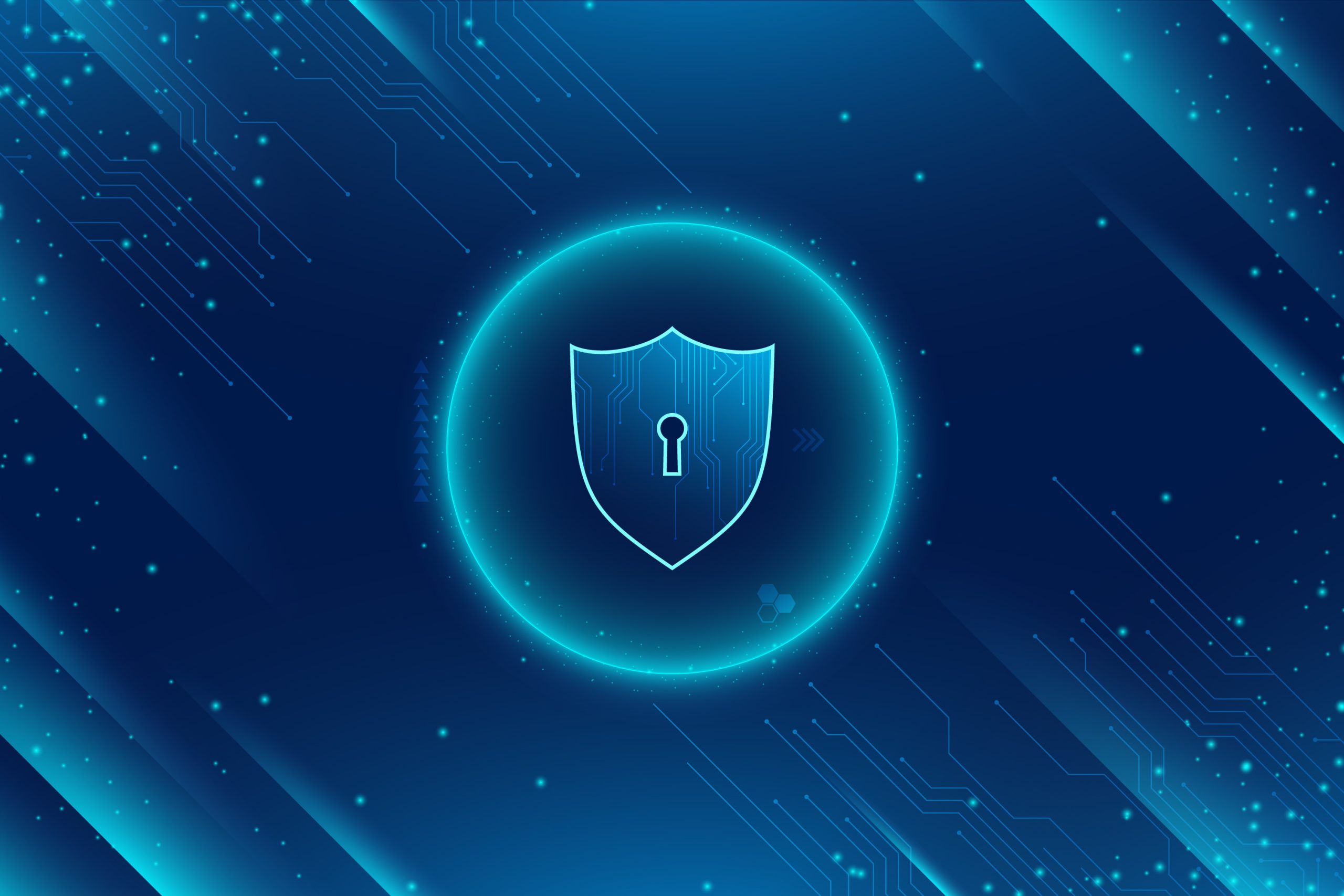In the digital age, eLearning has transformed how students access education, breaking physical barriers and providing endless opportunities worldwide. However, as convenient as it is, eLearning platforms are not immune to cyber threats. Protecting the personal and academic information of students is crucial. Encryption emerges as a key tool in this endeavor, effectively safeguarding data from unauthorized access. Let’s explore how encryption can secure your eLearning experience while ensuring your privacy and peace of mind.
Understanding encryption’s significance begins with comprehending its function. At its core, encryption is the process of converting plain text into an unintelligible format known as ciphertext. Only individuals with the correct decryption key can revert this code into readable information. This ensures that even if cybercriminals access the data, they cannot make sense of it without the key. For eLearning students, this means protection of sensitive information, from login credentials to exam results, remains uncompromised.
As eLearning continues to grow, so do cyber threats. Phishing attacks, data breaches, and ransomware are increasingly targeting digital education platforms. Encryption acts as a shield against such vulnerabilities by making unauthorized access nearly impossible. It ensures that even if data is intercepted, it remains inaccessible and unusable to the attackers. Implementing strong encryption protocols on eLearning platforms not only secures students’ data but also strengthens the educational institutions’ reputation, fostering trust and confidence among their users.
One of the fundamental benefits of encryption in eLearning is the safeguarding of privacy. Personal data—such as names, contact information, and financial details—must be encrypted to prevent exposure. This is especially important when students engage in activities that involve sharing personal details, like enrollment or subscription to online resources. Encryption ensures that personal data remains confidential, and only authorized parties can access it, preserving students’ privacy.
Additionally, secure communication is vital for effective eLearning, where remote interactions between students and educators are commonplace. Encryption ensures that messages exchanged between students and instructors remain private and secure, without any risk of eavesdropping. Tools like Virtual Private Networks (VPNs) and secure email protocols utilize encryption to protect communication channels, ensuring the integrity and confidentiality of exchanged information.
Moreover, the storage of academic records is another crucial aspect secured by encryption. Transcripts, assignments, and personal projects hold significant value to students. With encryption, these documents are stored securely, preventing unauthorized modifications or deletions. Encryption technology uses secure algorithms to make sure that stored data remains intact even if there’s an attempt to breach the system, providing a reliable backup for students’ academic achievements.
Finally, students can take proactive measures to ensure their data security. Using encrypted connections, enabling two-factor authentication, and maintaining strong, unique passwords are basic steps to enhance personal cybersecurity. Familiarity with secure platforms and encrypted applications is important, as awareness and vigilance are vital in the fight against digital threats. By adopting encryption tools and strategies, eLearning students can enjoy a safe and secure educational journey in the digital realm.
